In today’s digital age, screens have become an integral part of our daily lives. Whether it’s for work, entertainment, or communication, we spend countless hours staring at monitors, smartphones, and tablets. However, prolonged screen exposure often leads to eye strain, glare, and even headaches. Proper screen cleaning and anti-glare techniques can significantly improve visual comfort and device longevity. This article explores practical methods to keep screens clean and reduce glare effectively.
The Importance of Screen Cleanliness
A clean screen isn’t just about aesthetics; it directly impacts usability and eye health. Dust, fingerprints, and smudges can distort images and text, forcing your eyes to work harder to focus. Over time, this strain can contribute to discomfort and fatigue. Moreover, accumulated grime can damage screen coatings, especially on devices with anti-reflective or oleophobic layers. Regular cleaning ensures optimal clarity and preserves the screen’s protective features.
Choosing the Right Cleaning Tools
Not all cleaning supplies are safe for screens. Harsh chemicals, paper towels, or rough fabrics can scratch surfaces or strip away coatings. Microfiber cloths are the gold standard for screen cleaning—they’re soft, lint-free, and effective at trapping particles without abrasion. For stubborn stains, lightly dampen the cloth with distilled water or a 50/50 mix of water and white vinegar. Avoid spraying liquids directly onto the screen, as moisture can seep into edges and damage internal components.
Anti-Glare Solutions for Enhanced Comfort
Glare occurs when ambient light reflects off the screen’s surface, creating distracting bright spots that reduce visibility. This issue worsens under bright lighting or near windows. Many modern displays come with built-in anti-glare coatings, but older or budget-friendly models may lack this feature. Applying an aftermarket anti-glare screen protector is a simple fix. These thin films diffuse incoming light, minimizing reflections while maintaining image quality. Position your workspace perpendicular to light sources to further reduce glare.
Adjusting Display Settings for Eye Relief
Beyond physical cleaning and accessories, software adjustments play a crucial role in combating glare and eye strain. Lowering brightness to match ambient lighting conditions prevents screens from appearing overly harsh. Most operating systems offer blue light filters or "night mode" settings, which reduce high-energy visible (HEV) light emissions linked to sleep disruption. Increasing text contrast and scaling can also alleviate squinting, especially for prolonged reading sessions.
Environmental Considerations
Your surroundings significantly influence screen visibility. Overhead fluorescent lights often create intense glare, so consider switching to warmer, diffused lighting options. If natural light is unavoidable, adjustable blinds or curtains can help control intensity and direction. Positioning your screen at a slight tilt—typically 10 to 15 degrees—can angle reflections away from your line of sight. For shared workspaces, collaborative screens with matte finishes outperform glossy panels in brightly lit rooms.
Long-Term Maintenance Habits
Consistency is key to maintaining a glare-free, clean screen. Establish a routine—wipe down displays weekly or biweekly, depending on usage. Always power off devices before cleaning to spot smudges more easily and avoid accidental inputs. Encourage household members or coworkers to handle screens with clean hands to minimize oil transfer. For touchscreen devices, occasional deep cleaning with isopropyl alcohol (70% concentration or less) can sanitize without harming the surface.
Special Cases: Touchscreens and Matte Displays
Touchscreens require extra care due to frequent contact. Opt for cleaning solutions labeled as screen-safe, as alcohol-based products can degrade oleophobic coatings over time. Matte-finish displays naturally resist glare but tend to show fingerprints more prominently. Use gentle circular motions when cleaning these surfaces to avoid accentuating micro-abrasions. Gaming monitors and creative professional screens often have specialized coatings—consult manufacturer guidelines before using any cleaning agents.
Debunking Common Cleaning Myths
Contrary to popular belief, household glass cleaners like Windex should never be used on screens. Ammonia and other solvents can permanently cloud anti-glare layers. Similarly, compressed air might seem convenient for dusting, but the forceful spray can push debris into bezels or ports. Breath-fogging a screen before wiping (a common smartphone trick) introduces moisture that may contain corrosive saliva particles. Stick to manufacturer-recommended methods to avoid voiding warranties.
Professional Cleaning vs. DIY Approaches
While professional cleaning services exist for large-format displays in offices or studios, most personal devices can be maintained effectively at home. Exceptions include screens with physical damage or delamination issues, where expert repair is advisable. For high-end monitors with delicate surfaces, some manufacturers offer branded cleaning kits tailored to their products. Weigh the cost against potential risks—improper DIY attempts on premium screens may lead to costly repairs.
The Future of Anti-Glare Technology
Display technology continues evolving to address glare problems inherently. Nanostructured coatings that repel oils while scattering light are entering consumer markets. Researchers are developing self-cleaning screens using photocatalytic materials that break down organic residues under light. Flexible OLED displays incorporate anti-reflective layers during manufacturing, eliminating the need for additional filters. As these innovations trickle down from premium to mainstream devices, users may soon enjoy cleaner, glare-free viewing with minimal maintenance.
Mastering screen cleanliness and glare reduction transforms your digital experience from tolerable to comfortable. By combining proper tools, environmental adjustments, and smart habits, you can protect both your eyes and your devices. Remember that prevention outweighs correction—proactive care keeps screens pristine while reducing long-term maintenance efforts. Whether working, gaming, or binge-watching, a clear view makes every pixel count.
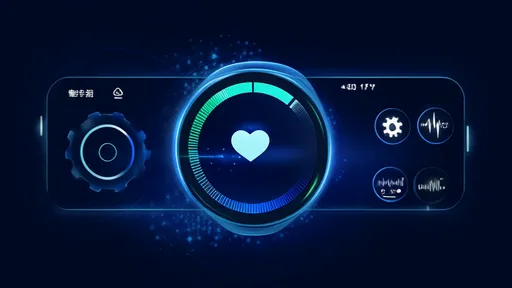
By /Aug 6, 2025
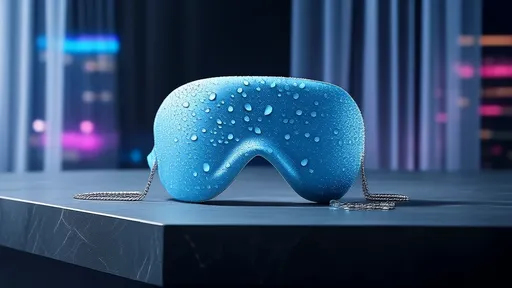
By /Aug 6, 2025

By /Aug 6, 2025
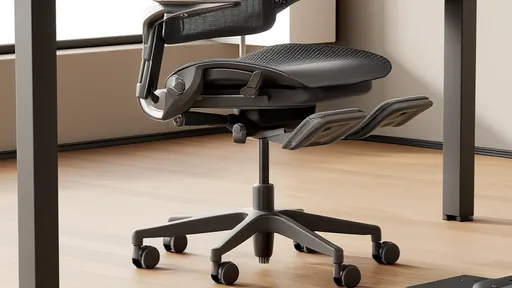
By /Aug 6, 2025
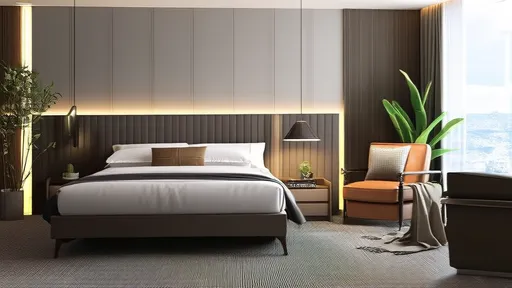
By /Aug 6, 2025

By /Aug 6, 2025

By /Aug 6, 2025

By /Aug 6, 2025
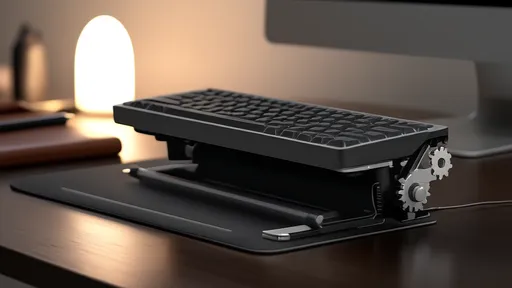
By /Aug 6, 2025
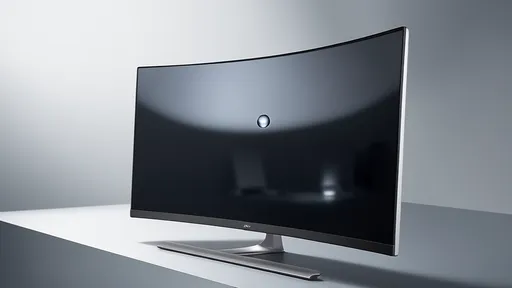
By /Aug 6, 2025
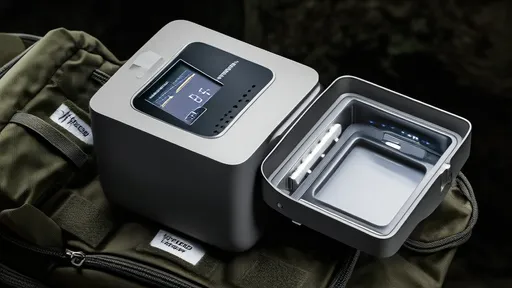
By /Aug 6, 2025

By /Aug 6, 2025
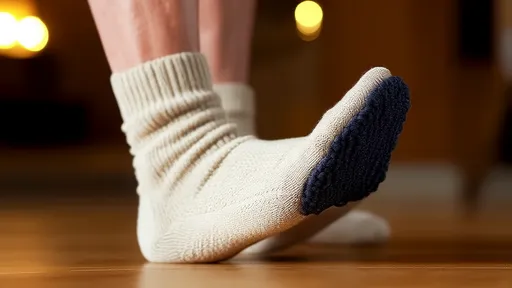
By /Aug 6, 2025

By /Aug 6, 2025
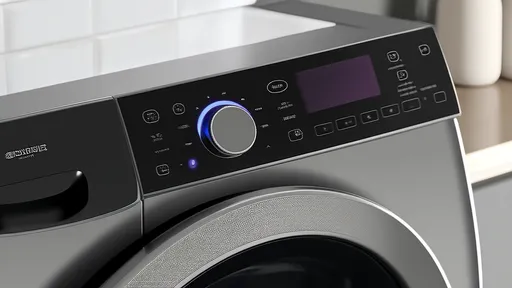
By /Aug 6, 2025
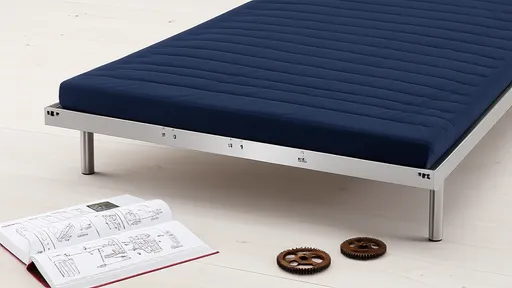
By /Aug 6, 2025
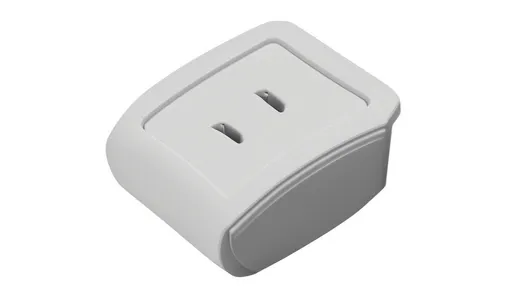
By /Aug 6, 2025
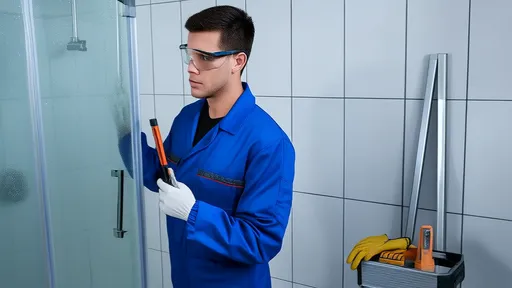
By /Aug 6, 2025
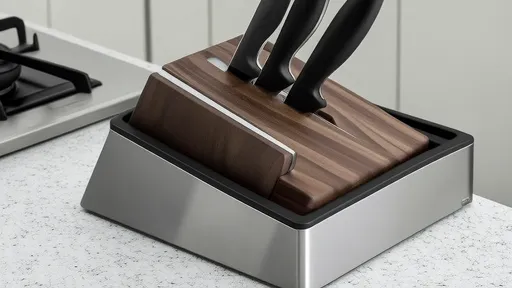
By /Aug 6, 2025
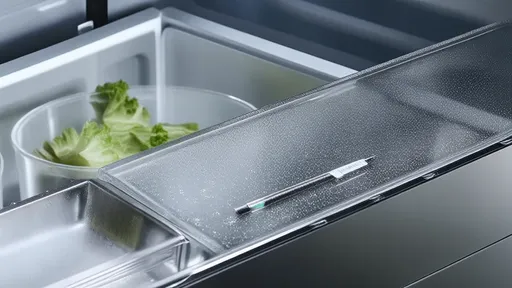
By /Aug 6, 2025